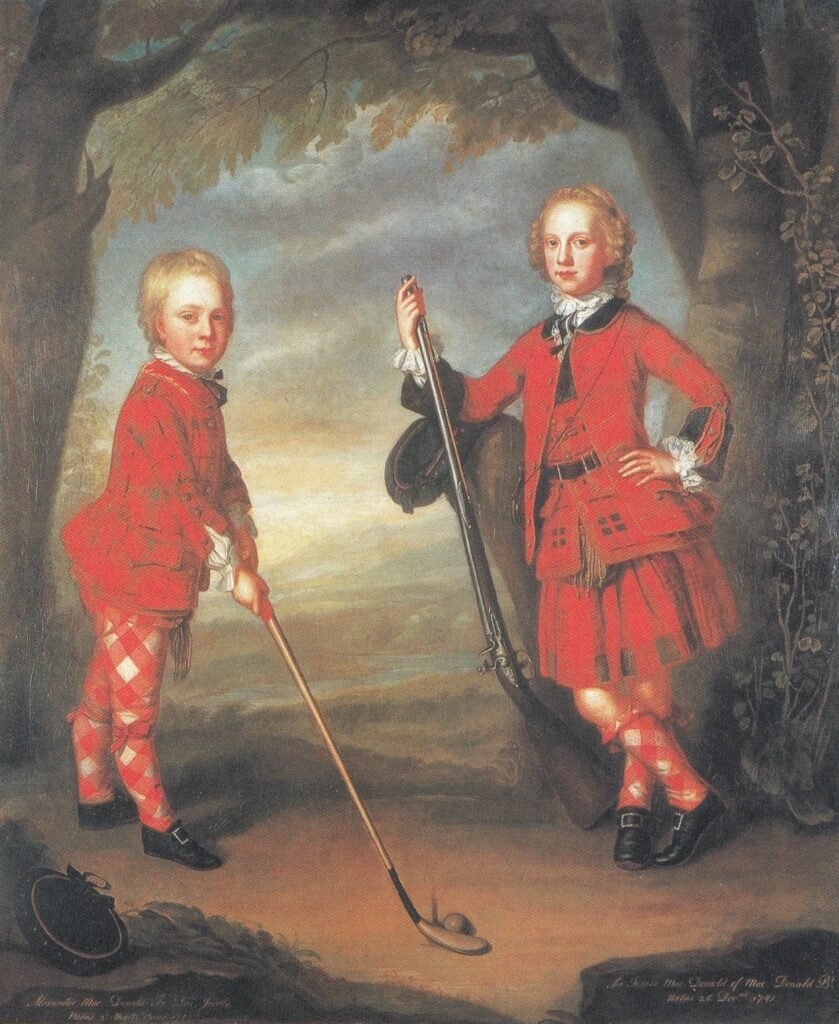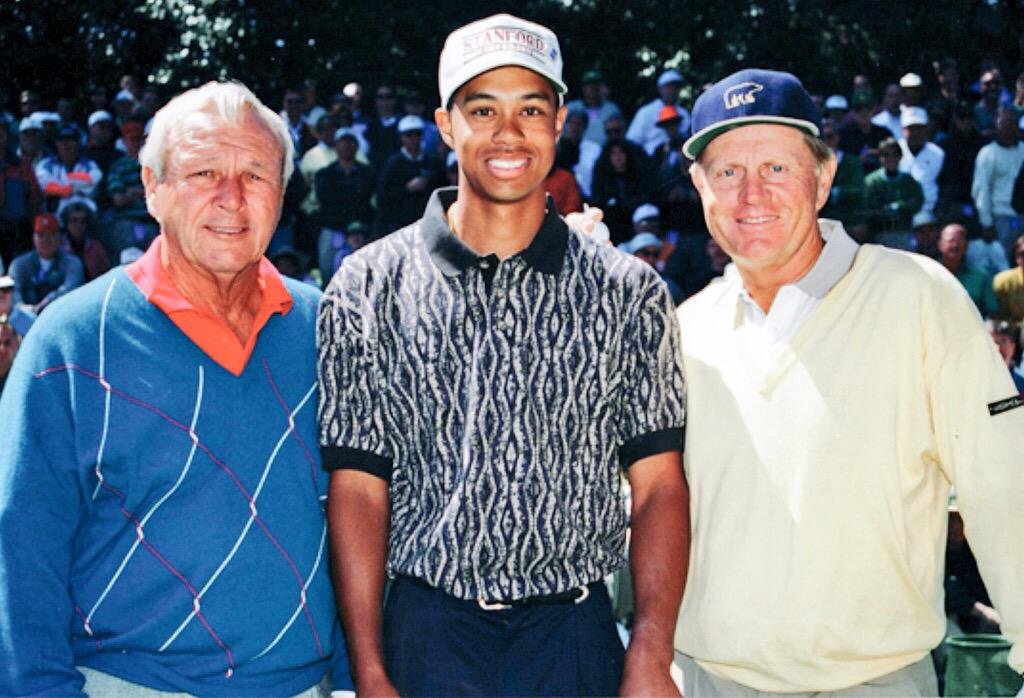Golf, a universally cherished sport with a centuries-old history, has undergone significant evolution and transformation, leaving an indelible mark on the world of sports. Join us on a fascinating journey through time as we explore the key milestones and pivotal moments that have profoundly shaped the captivating history of golf.

The Origins of Golf
The exact origins of golf are shrouded in mystery, with various theories and legends surrounding its beginnings. One popular belief is that golf originated in Scotland during the Middle Ages. It is said that shepherds in the Scottish countryside would pass the time by hitting stones into rabbit holes using a stick or club, laying the foundation for what would become one of the world’s most beloved sports.
As the game gained popularity, makeshift courses were created, and the rules began to take shape. The first recorded mention of golf dates back to 1457 when King James II of Scotland banned the game because it was distracting his soldiers from practicing archery, highlighting its growing influence and appeal among the Scottish populace.
The Birth of Modern Golf
In the 18th century, golf underwent a significant transformation that laid the foundation for the modern game we know today. The establishment of the Honorable Company of Edinburgh Golfers in 1744 marked a pivotal moment in golf’s history, solidifying its rules and shaping its future trajectory. This organization created the first standardized set of rules, known as the Articles and Laws in Playing at Golf, which formed the basis of the game and set precedents for generations to come.
During this period, golf courses began to be purposefully designed, featuring hazards and distinct holes. The Old Course at St Andrews, considered the oldest golf course in the world, was developed during this time and continues to be played on today.
The Spread of Golf
During the 19th century, golf began to spread internationally. British soldiers and traders introduced the game to various parts of the British Empire, such as India and the Americas. The establishment of the Royal Calcutta Golf Club in 1829 marked a significant milestone as it became the first golf club outside of Great Britain.
Meanwhile, across the Atlantic, golf was making its way to the United States. The first golf course in America was established in 1888 at the St. Andrews Golf Club in Yonkers, New York. The sport quickly caught on, and golf clubs began sprouting up across the country.

The Birth of Professional Golf
The late 19th century saw the birth of professional golf as we know it today. The Open Championship, also known as the British Open, was first played in 1860 and became the first major golf tournament. This event paved the way for the establishment of professional golf tours and the rise of legendary players.
One such player was Harry Vardon, a dominant force in the early 20th century. Vardon’s innovative grip technique, known as the Vardon grip, revolutionized the game and is still widely used by golfers today.
Golf in the Modern Era
In the 20th century, golf continued to grow in popularity and became a global phenomenon. The creation of the Masters Tournament in 1934 and the formation of the Professional Golfers’ Association (PGA) in 1916 further solidified golf’s place in the sporting world.

Television coverage of golf tournaments in the 1950s and 1960s brought the sport into living rooms around the world, increasing its fan base and attracting new players. Golf legends such as Arnold Palmer, Jack Nicklaus, and Tiger Woods captured the public’s imagination, elevating the sport to new heights.
Golf in the Digital Age
In recent years, golf has embraced technology and the digital age. The introduction of advanced equipment, such as high-tech golf clubs and golf balls, has revolutionized the game. Golfers now have access to a wealth of data and analytics, allowing them to analyze their performance and make data-driven decisions on the course.
Furthermore, the rise of online platforms and mobile applications has made golf more accessible than ever before. Golf enthusiasts can book tee times, track their scores, and connect with other players through these digital platforms.
Also Read : What is Provisional in Golf : Learn the Concept
The Future of Golf
As we look to the future, the game of golf continues to evolve and adapt to changing times. Sustainability and environmental conservation have become key considerations in golf course design and maintenance. Efforts are being made to reduce water usage, promote biodiversity, and create more eco-friendly courses.
Additionally, golf is becoming more inclusive and diverse, with initiatives to attract new players from all walks of life. Women’s golf has seen a surge in popularity, and organizations are working to break down barriers and promote equality in the sport.
With its rich history and ongoing evolution, golf remains a beloved pastime that captivates players and fans alike. Whether you’re a seasoned golfer or a casual observer, the game’s storied past and promising future make it a timeless pursuit.